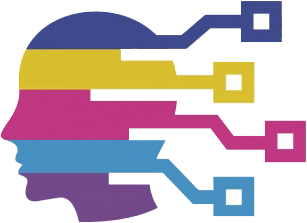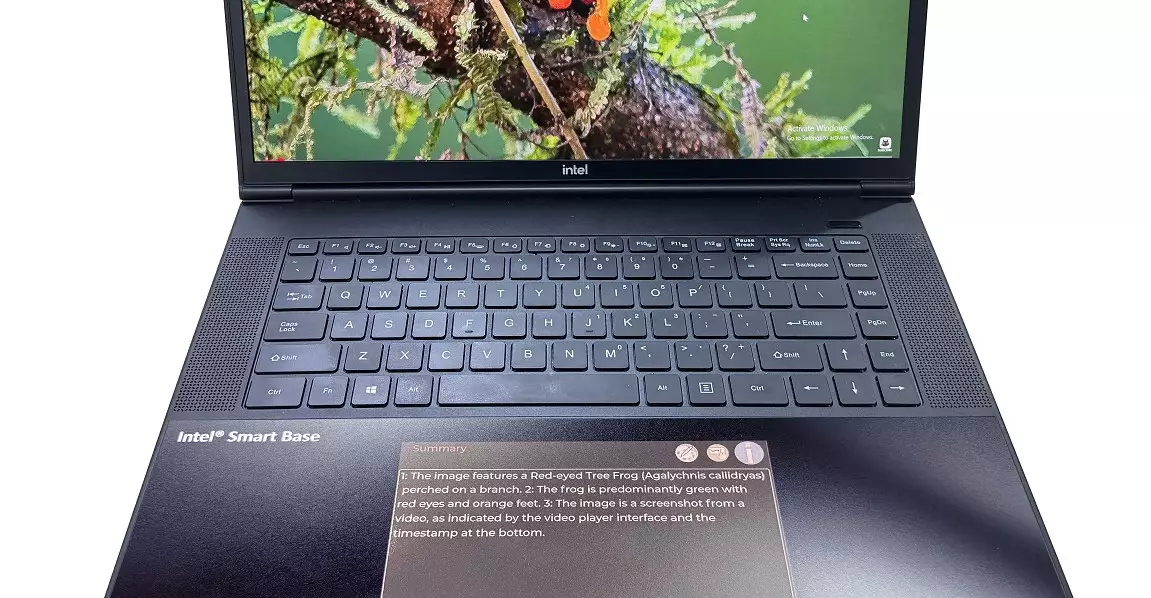In the rapidly evolving landscape of portable computing, every manufacturer is chasing the elusive goal of combining power, functionality, and battery efficiency. The recent development by E Ink, traditionally known for its e-reader displays, signifies a transformative push toward achieving this balance. By incorporating color e-paper technology into laptop touchpads, E Ink is proposing a paradigm shift—not merely an incremental upgrade but a fundamental rethinking of how we interact with our devices.
This innovation challenges the current reliance on LCD or OLED screens, which, while vibrant and dynamic, are notorious for their high power consumption. E Ink’s touchpad offers a solution that aligns with a future where efficiency and multitasking are paramount. This approach reflects a strategic understanding: in an era dominated by AI-driven tasks and constant notifications, having a dedicated, low-power space for AI interactions and quick controls can drastically enhance user experience. It’s a recognition that our laptops should serve as more than just computing machines—they must be intelligent, energy-conscious companions.
Beyond the Screen: A New Realm of User Interaction
What truly elevates this announcement is the conceptual shift in how the touchpad can serve the user. Rather than acting as a secondary display dependent on the main screen, E Ink visualizes it as an independent hub dedicated to AI functionalities. Imagine a sleek, unobtrusive space where AI-generated summaries appear seamlessly beneath your hands, or where you can maintain ongoing interactions with chatbots without cluttering your desktop.
The mockup imagery released by E Ink shows a vibrant, full-color e-paper surface, hinting at possibilities far beyond simple text. This could mean contextual notifications, quick access to frequently used shortcuts, or even real-time weather updates—all without draining the laptop’s battery. Such intuitive integrations could redefine productivity, turning the touchpad into an extension of the user’s cognitive workspace rather than an afterthought. Given the growing importance of AI assistants, this dedicated space could become a fundamental aspect of future laptops.
Challenges and Opportunities: Striking the Right Balance
Yet, issues remain that demand a critical eye. The use of color e-paper displays on a touch-sensitive surface might introduce distractions in the workspace. While the idea of having AI summaries or notifications readily accessible is appealing, constant visual stimuli could disrupt focus and flow. Additionally, battery life is still a concern—though E Ink’s low-power technology is an enormous advantage, the effectiveness hinges on how frequently the display is refreshed and how it integrates with other hardware components.
Moreover, technical details are scarce. Neither E Ink nor device manufacturers have provided specifics about resolution, refresh rates, or whether the touchpad will be powered by the OS or have a standalone interface. These technical ambiguities make it difficult to gauge how practical or immediate this technology’s impact might be. The absence of a clear timeline or hardware partnerships suggests that while the concept is promising, it remains in the conceptual stage.
A Glimpse of a Smarter Laptop Future
Despite these uncertainties, one thing is undeniable: E Ink’s vision pushes us toward a more intelligent, energy-efficient laptop environment. It signifies a shift away from traditional screen paradigms, challenging manufacturers to rethink user interfaces. By embracing low-power e-paper technology, laptops could finally meet the demands of AI integration without sacrificing battery life or overwhelming users with distracting visuals.
This innovation could catalyze a new standard—where the touchpad becomes a customizable, adaptive extension of your digital ecosystem. It opens the door for a future where our devices not only perform better but also adapt more intelligently to how we work and communicate. While hurdles remain, E Ink’s approach signals a bold, optimistic step forward in creating laptops that are truly smarter and more sustainable.

